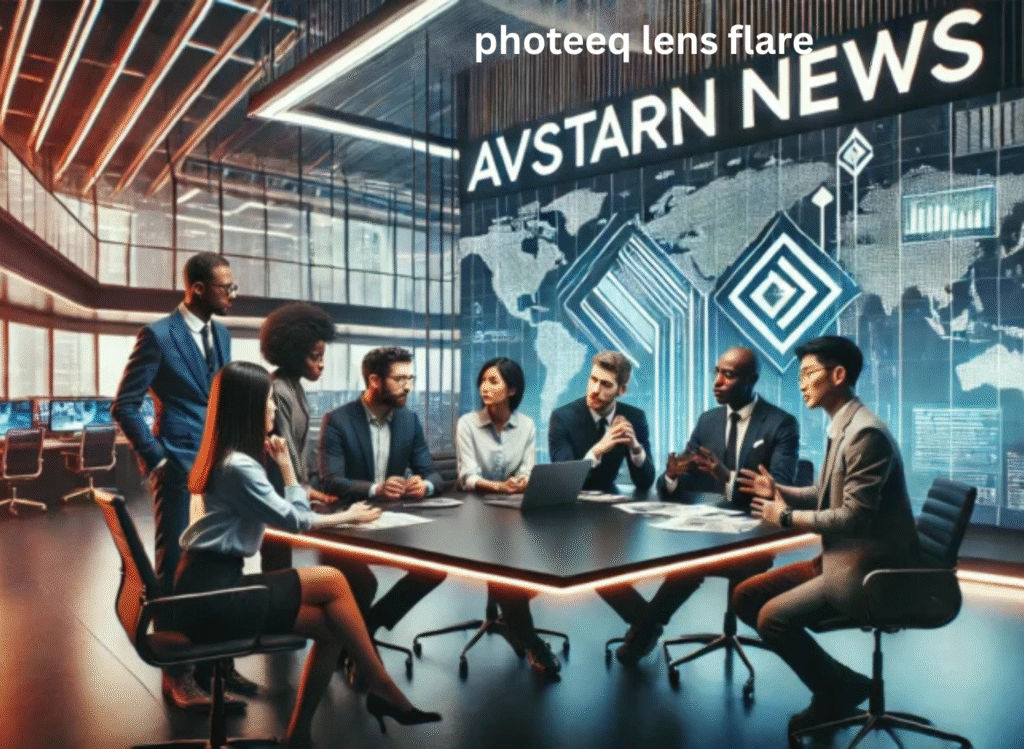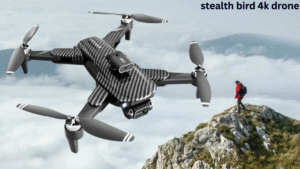Unleashing Creativity with Photeeq Lens Flare A Complete Guide
In the world of digital photography and visual storytelling, effects like lens flare have transformed from technical imperfections to powerful creative tools. Once regarded as a flaw caused by light bouncing inside a camera lens, lens flare is now intentionally photeeq lens flare used to add drama, mood, and realism to photos. Whether you’re shooting a golden-hour portrait or creating fantasy landscapes, adding the right flare can turn an ordinary image into an extraordinary composition.
Among the many tools available for adding lens flare effects, Photeeq has gained attention for its balance of simplicity and capability. Photeeq, once a popular photo editing plugin, included a diverse range of lens flare options that empowered creators to simulate natural lighting with ease. Its intuitive design made it an ideal choice for both amateur and professional photo editors looking to enhance their visuals.
This article serves as your complete guide to using Photeeq Lens Flare. Whether you’re new to digital editing or a seasoned creator looking to refresh your toolkit, you’ll find practical advice, creative inspiration, and comparisons to other tools. We’ll explore how to use Photeeq’s lens flare features effectively, avoid common mistakes, and elevate your images with light and emotion. By the end of this guide, you’ll be ready to wield flare effects like a pro—adding not just light, but life to your work.
What is Photeeq Lens Flare
Photeeq was developed as a free plugin compatible with Adobe Photoshop and Lightroom. Designed to simplify complex editing tasks, it came bundled with features like color correction, filters, and most notably—lens flare effects. Photeeq Lens Flare allowed photographers to easily simulate the look of bright light sources impacting their camera lens, adding a sense of realism or fantasy depending on the chosen style.
The lens flare options in Photeeq were versatile. From subtle glares to intense cinematic streaks, users could choose from a range of presets that suited their specific project. The software allowed you to manipulate flare placement, size, intensity, and even color temperature. This level of control made it ideal for everything from wedding photography to sci-fi poster design.
One of the main appeals of Photeeq was its user-friendly interface. Even those unfamiliar with Photoshop’s complex layer systems could apply flares with just a few clicks. You didn’t need to understand complex masking or blending techniques photeeq lens flare to achieve stunning results. This made it particularly attractive to hobbyists and beginner photographers who wanted to add professional-grade enhancements without a steep learning curve.
Although development for Photeeq has slowed in recent years, it still holds a special place in the toolkit of many creatives. For those able to access and run it on compatible systems, Photeeq continues to offer a straightforward way to add sophisticated light effects to any image.
Why Use Lens Flare in Photography and Design
Lens flare is more than just a flashy effect—it’s a storytelling device. When used correctly, it draws attention to the source of light, adds emotional warmth, and introduces a cinematic quality to still images. A golden burst of flare can evoke a dreamy, nostalgic feel in a portrait, while a harsh blue flare may lend a futuristic or sci-fi edge to a product shot. Its versatility makes it a favorite among designers, photographers, and filmmakers alike.
From a design standpoint, lens flares create focal points and add depth. In flat digital compositions, flare helps simulate three-dimensional lighting conditions, making a scene feel more immersive. In editorial photography, flare is often used to emphasize natural light sources like the sun or headlights, creating mood and movement within a still frame.
However, flare must be used thoughtfully. Overuse or poor placement can make an image feel artificial or cluttered. A good rule of thumb is to consider the existing light direction in your image. Lens flare should complement, not contradict, the lighting dynamics of your scene. It’s most convincing when it aligns with a visible light source—like the sun, streetlights, or reflections.
Photeeq made this balance easier by allowing fine adjustments to the position and angle of flares. When done well, adding lens flare can transport your audience directly into the moment you’ve captured, heightening both realism and emotional impact.
Step by Step How to Use Photeeq Lens Flare

To start using Photeeq Lens Flare, you’ll first need to install the plugin on a compatible version of Adobe Photoshop or Lightroom. While official updates may be limited, older versions of the plugin can still be found through trusted creative communities or archives. Once installed, launch your photo editing software and load the image you want to enhance.
Next, navigate to the Photeeq interface. Within the plugin’s menu, select the “Lens Flare” category. You’ll be presented with a variety of preset flare effects. These range from soft sunbursts to intense star-like beams. Choose a style that matches the mood and lighting of your photo. For example, a warm, rounded flare may suit a romantic outdoor portrait, while a linear streak might fit a tech-themed design.
After selecting a flare, you can fine-tune its placement by clicking and dragging it across your image. Photeeq offers controls to adjust brightness, transparency, rotation, and scale. Take advantage of these tools to blend the effect naturally into your scene. If your original image already has a visible light source, align the flare accordingly to create a convincing enhancement.
Once satisfied with the result, save your work in a high-resolution format. Photeeq supports non-destructive editing, meaning you can return and re-edit your flares later if needed. This flexibility makes it a valuable tool for iterative design projects or photo series that require consistent visual themes.
Advanced Tips and Creative Techniques
While basic flare placement can already transform your image, mastering advanced techniques will truly set your work apart. One approach is to combine lens flare with complementary effects like bokeh, light leaks, or soft vignettes. These layered enhancements can create a dreamy, ethereal aesthetic that feels immersive and cinematic.
Another useful method is masking. By applying a layer mask to your flare effect, you can limit its impact to specific parts of your image. This is especially helpful when you want the flare to interact with only certain light sources or avoid obscuring key elements in your photo. For example, you might use a mask to prevent the flare from overlapping a subject’s face while still brightening the surrounding environment.
Blending modes are also essential for realism. Experiment with different modes such as “Screen” or “Overlay” to make the flare interact organically with underlying image layers. Adjusting opacity levels can help tone down overpowering effects and maintain visual balance.
Lastly, consider creating custom flare styles. With Photeeq, you can save flare combinations you like for future use. These custom presets streamline your workflow and help maintain consistency across a photo series or design portfolio. Over time, you’ll develop a signature look that sets your visuals apart from the crowd.
Photeeq vs. Other Lens Flare Plugins
While Photeeq offers a robust set of features for a free plugin, it’s worth comparing it to other lens flare tools to understand where it shines—and where it may fall short. Plugins like Optical Flares by Video Copilot or Boris FX Lens Flare offer advanced customization, dynamic animations, and real-time previewing, especially for video work. However, these tools often come with steeper price tags and learning curves.
Photeeq, by contrast, is lightweight, free, and beginner-friendly. Its ease of use and straightforward interface make it ideal for still photographers and hobbyist editors. It’s especially handy for quick edits or experimenting with different flare types without needing complex tutorials.
On the downside, Photeeq lacks some of the high-end features of paid alternatives, such as lens texture mapping, animated flare movement, or full 3D integration. Additionally, support for modern OS and software versions is limited, meaning it may not work seamlessly on newer setups without workarounds.
In summary, if you’re working primarily with still photography and prefer a simple tool that gets results quickly, Photeeq is an excellent option. If you need deeper control and professional-grade effects, investing in a premium flare plugin might be the better route.
Conclusion
Photeeq Lens Flare proves that you don’t need complex tools to achieve visually stunning results. With its accessible interface and customizable effects, it opens the door for photographers and designers to experiment with light in new and expressive ways. From subtle atmospheric enhancements to bold cinematic statements, lens flares bring emotion, energy, and depth to digital imagery.
While Photeeq may not be the most advanced plugin on the market, it offers a unique balance of power and simplicity. By understanding how and when to use its lens flare effects, you can elevate your images with authenticity and artistic flair. Whether you’re capturing golden hour or crafting futuristic scenes, Photeeq helps you shine a light on your creativity.
FAQs
Is Photeeq still available and supported on modern editing software?
Photeeq is no longer officially supported or updated, but older versions can still be used on compatible setups of Adobe Photoshop or Lightroom.
Can I use Photeeq lens flare on mobile photo editing apps?
No, Photeeq is a desktop plugin and does not have a mobile app version.
Does lens flare affect the quality or realism of my photos?
When used thoughtfully, lens flare enhances realism and mood. However, overuse can make photos look artificial.
How do I remove or undo a lens flare in Photeeq?
Since Photeeq uses non-destructive editing, you can simply revisit the flare settings or use the undo option to remove the effect.
Are there free alternatives to Photeeq for lens flare effects?
Yes, tools like GIMP (with plugins), Snapseed (mobile), and Photoshop brushes offer similar effects for free.
You May Also Read: https://otswroldtime.com/jjk-263/














Post Comment